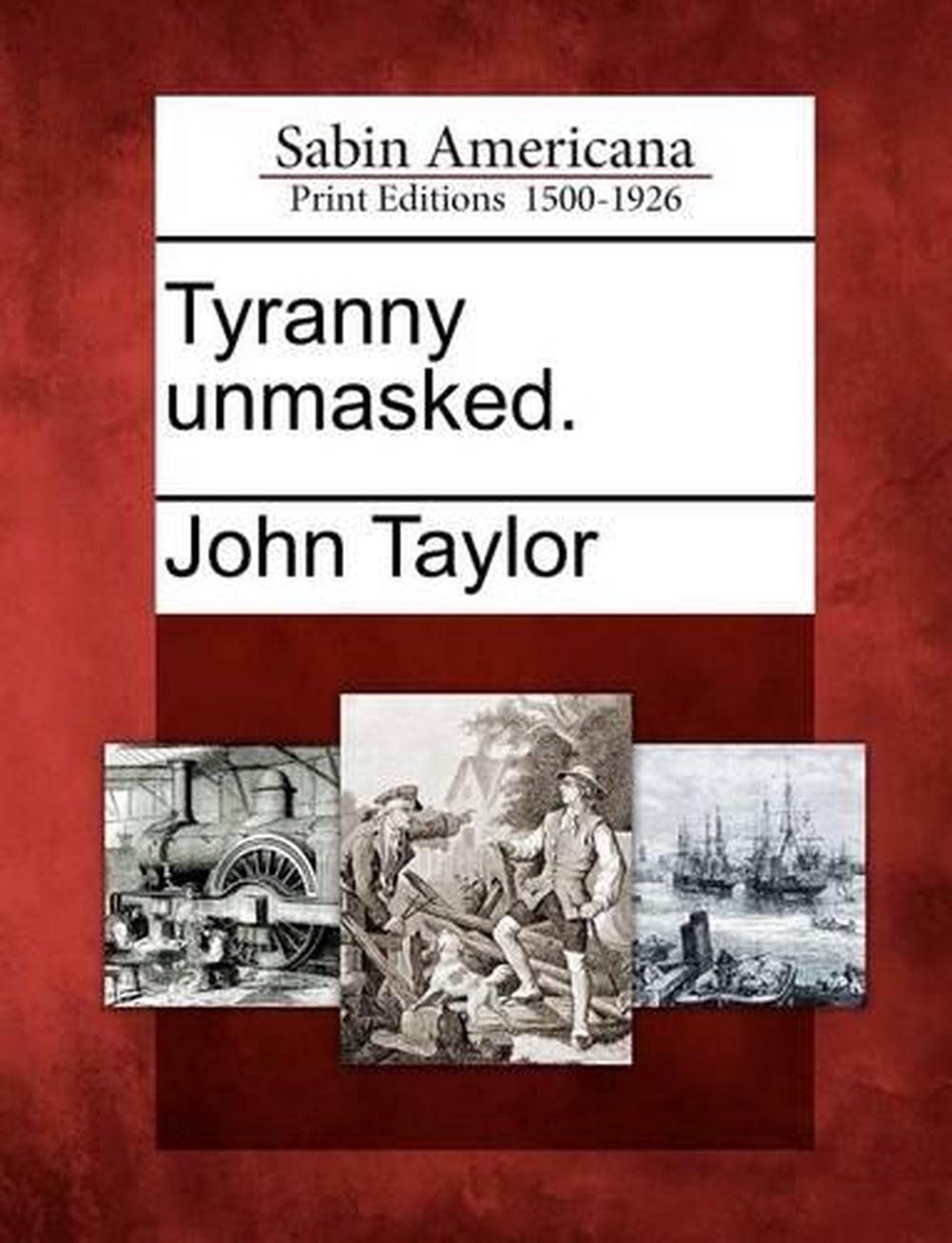
/cdn.vox-cdn.com/uploads/chorus_image/image/50456831/American.militia.bennington.0.jpg)
Letters in the papers questionedthe distribution of wealth: "How often have our Streets been covered with Thousands of Barrels ofFlour for trade, while our near Neighbors can hardly procure enough to make a Dumplin to satisfyhunger?" A newspaper editor wrote about the growing"Number of Beggers and wandering Poor" in the streets of the city. There were 25,000 people living in New York (there had been 7,000 in1720) when the French and Indian War ended.

The war had brought glory for the generals, death to the privates, wealth for the merchants,unemployment for the poor. So, the American leadership was less in need of English rule, the English more in need of thecolonists' wealth. Also, thecolonial trade had become more and more important to the British economy, and more profitable: ithad amounted to about 500,000 pounds in 1700 but by 1770 was worth 2,800,000 pounds. It needed revenues to pay for the war, and looked to the colonies for that. With the French defeated, the British government could turn its attention to tightening control overthe colonies. Again, no conscious forethought strategy by the colonial elite, but a growingawareness as events developed. Perhaps once the British were out of the way, the Indianscould be dealt with. They now had only two rivals left: the English and the Indians.The British, wooing the Indians, had declared Indian lands beyond the Appalachians out of boundsto whites (the Proclamation of 1763). It was not a conscious conspiracy, but an accumulation of tactical responses.Īfter 1763, with England victorious over France in the Seven Years' War (known in America as theFrench and Indian War), expelling them from North America, ambitious colonial leaders were nolonger threatened by the French. There had also been six black rebellions, from South Carolinato New York, and forty riots of various origins.īy this time also, there emerged, according to Jack Greene, "stable, coherent, effective andacknowledged local political and social elites." And by the 1760s, this local leadership saw thepossibility of directing much of the rebellious energy against England and her local officials.

Starting with Bacon's Rebellion in Virginia, by 1760, there had been eighteen uprisings aimed atoverthrowing colonial governments. They created the mosteffective system of national control devised in modern times, and showed future generations ofleaders the advantages of combining paternalism with command.

When we look at the American Revolution this way, it was a work of genius, and the FoundingFathers deserve the awed tribute they have received over the centuries. In the process, they could hold back a number of potentialrebellions and create a consensus of popular support for the rule of a new, privileged leadership. They found that by creating a nation, a symbol,a legal unity called the United States, they could take over land, profits, and political power fromfavorites of the British Empire. Around 1776, certain important people in the English colonies made a discovery that would proveenormously useful for the next two hundred years.


 0 kommentar(er)
0 kommentar(er)
